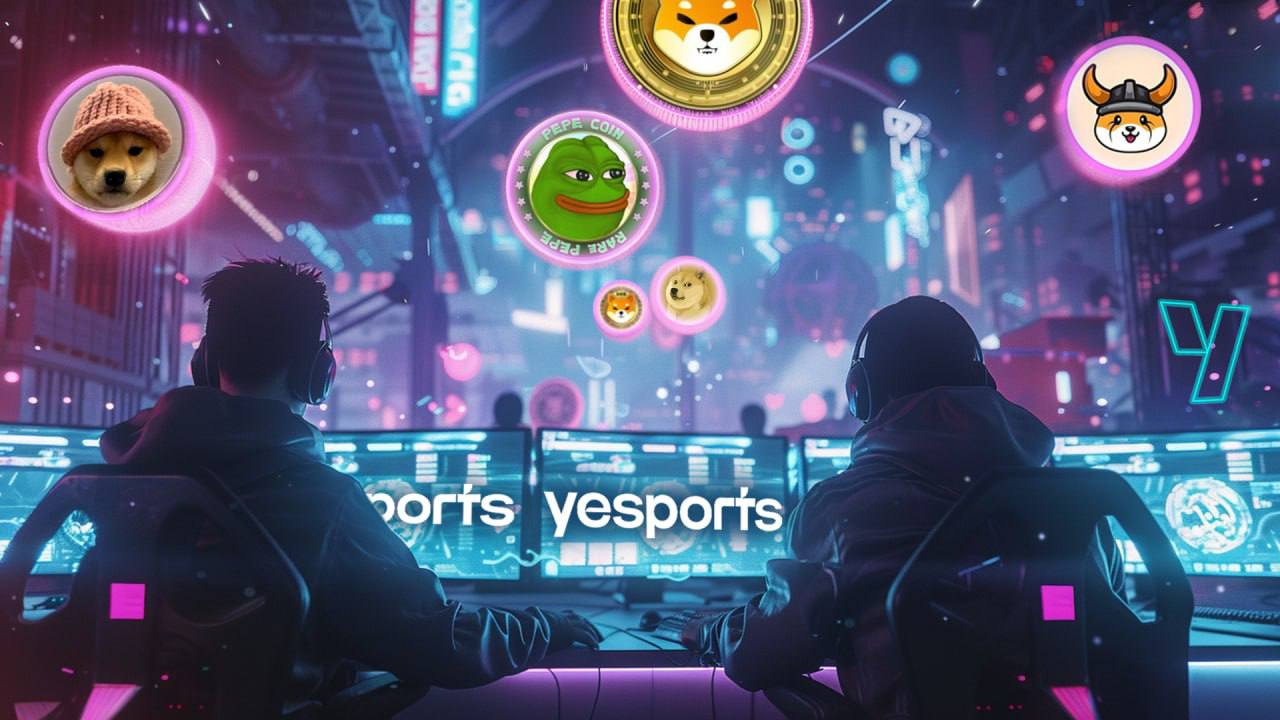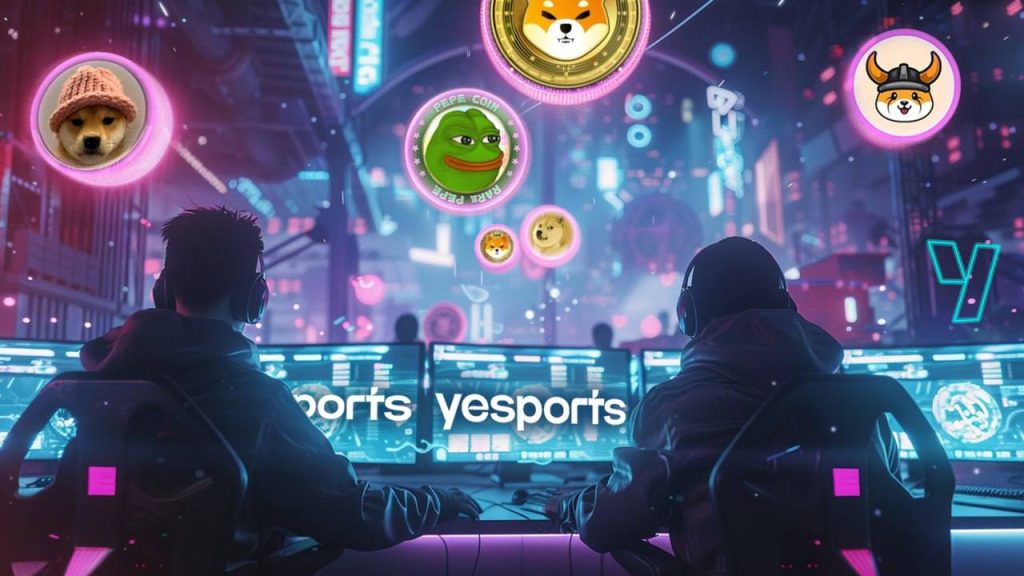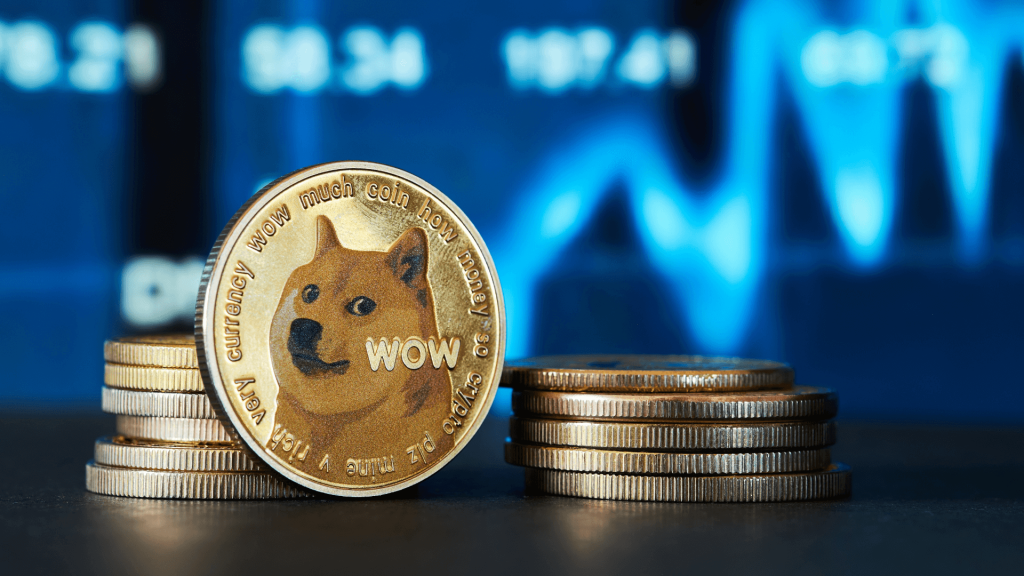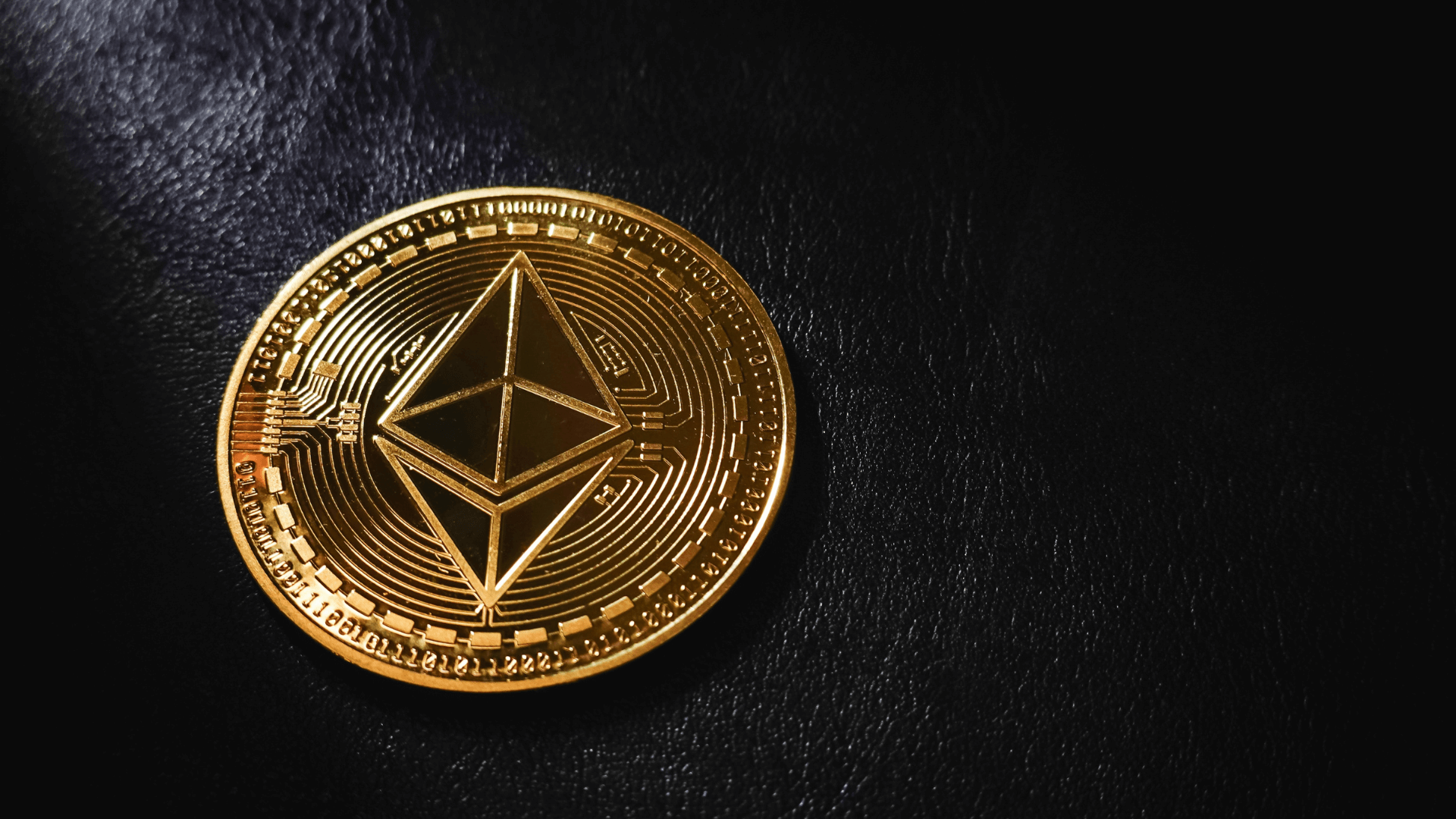Notifications
ALL BUSINESS
COMIDA
DIRECTORIES
ENTERTAINMENT
FINER THINGS
HEALTH
MARKETPLACE
MEMBER's ONLY
MONEY MATTER$
MOTIVATIONAL
NEWS & WEATHER
TECHNOLOGIA
TV NETWORKS
VIDEOS
VOTE USA 2026/2028
INVESTOR RELATIONS
COMING 2026 / 2027
ALL BUSINESS
COMIDA
DIRECTORIES
ENTERTAINMENT
FINER THINGS
HEALTH
MARKETPLACE
MEMBER's ONLY
MONEY MATTER$
MOTIVATIONAL
NEWS & WEATHER
TECHNOLOGIA
TV NETWORKS
VIDEOS
VOTE USA 2026/2028
INVESTOR RELATIONS
COMING 2026 / 2027
About Me
 Latinos Media
Latinos Media Latinos Media provides all types of news feeds on a daily basis to our Members
Posted by - Latinos Media -
on - June 18, 2024 -
Filed in - Esports -
-
599 Views - 0 Comments - 0 Likes - 0 Reviews

The team at Web3 esports engagement platform Yesports write about the lessons esports communities can learn from an unlikely place: memecoins.
 Image credit: Yesports
Image credit: Yesports
If you’re a bit late to the party, let us give you a rapid overview of memecoins. To spare the details, they’re highly speculative, (usually) utility-free cryptocurrencies based on some kind of joke and run by an online community.
What do they have to do with esports teams? Well, not all that much at the surface level, but when we place an educational lens on the two things, they share much in common. Both are highly community-driven, both are new and largely experimental, and both have the potential to make billions of dollars.
In this piece, we’ll examine a few things esports teams can take away from the absurd success of memecoins.
Memecoins are 2024’s way of placing a monetary value on internet communities.
That’s a strange concept, but it’s true. Memecoins are cryptocurrencies driven by a community and based around an online joke. There’s no utility, no product, and no longevity (with a few exceptions). A memecoin creator could take a picture of a dog wearing a hat and create a successful project around it. In fact, they already did – Dogwifhat (WIF) has a total market cap of almost $3bn (~£2.4bn).
For esports teams, community growth is also a key part of the business. For your esports team to grow its fanbase, it needs to find ways to open doors, enter partnerships, gain exposure, and unlock viral success. These aren’t easy, and nor are they cheap. So, why have memecoins made growth look so easy? Perhaps because there’s money involved and because they offer a highly accessible and friendly entry point for someone engaging in cryptocurrency for the first time.
Can esports teams look at themselves and see their content as accessible, friendly, and even fun for someone curious enough to pay an interest? Perhaps there’s something to be learned about growing a community in this unusual and organic way.
Are we suggesting that esports teams launch memecoins? Not exactly. We’re saying that good ideas are emerging from memecoin innovation that growing esports teams and players should pay attention to. They might want to launch a token, but perhaps it’s better to look at the platforms memecoin communities use, like Telegram and Discord for communications or Zealy and Galxe for campaigns.
It’s easy enough to scoff at memecoins, but the space is now worth over $50bn — about double the size of the crypto-AI movement. However, rather than being built by serious technologists who want advanced and world-changing infrastructure, this space has been built from the ground up by the same community it serves — meme lovers.
Memecoins are the lowest friction point for entry into the crypto world and the easiest way to launch a token. Even if they offer no utility, just uniting a community over a shared passion, such as esports, is enough.
One recent example of a gaming-memecoin crossover is LEEROY JENKINS ($LEEROY), a joke community with around 1,000 followers that had a market cap of over $4.5m at its peak. Based on classic World of Warcraft player footage uploaded to YouTube, now with over 23 million views, this memecoin proves that esports has huge potential in this space if it leverages the right things.
Communities create token value and token value creates community, introducing a cycle that can be repeated over and over.
 Dogecoin is one of the most popular and well-known memecoins. Image via: Shutterstock
Dogecoin is one of the most popular and well-known memecoins. Image via: Shutterstock
It may be the original community that launches a memecoin project, but once it’s out there in the cryptosphere, being engaged with by speculative investors and beyond, it’s free to face the wrath of market forces. The token might crash, burn, and fall into oblivion on day one — a genuine possibility. So, it’s down to the original community, who are likely the largest token holders, to keep their growing community engaged, interested, and holding the token. Once everyone starts selling, the price will drop off.
One way that memecoin communities get their token holders to keep holding the coins for the long term, thus providing liquidity and prolonging the coin’s existence, is through the promise of future rewards and utility. A classic example is $BONK, the first Solana memecoin. 50% of all BONK was given out as a gift, a freebie, to the Solana community. The token contains an interesting burning mechanism where a percentage of each transaction is permanently removed from circulation. This creates scarcity, knowing that the supply is constantly diminishing, driving up the price for those who hold on to their BONK. This gives BONK’s developers the time and encouragement to develop more utility for the token.
What if an Esports team were to take BONK as a case study? They could distribute rewards designed to be more rewarding the longer you hold on to them, driving long-term participation and support. This doesn’t necessarily need to be memecoins, but whatever the model, as long as it gives them the time and support to cultivate and nurture their community, it can be seen as successful.
The more engaged and aligned a community is with the mission, the better the project’s performance and longevity. Why shouldn’t this apply to the growth of esports teams, too? In theory, it does. This should serve as a lesson in marketing for esports teams to find things their community aligns with and tap into them. Create unique experiences and opportunities to engage with them, and give them something they can hold onto long term in a speculative way to incentivise their support.
 Image via: Shutterstock
Image via: Shutterstock
It must be stressed that any memecoins for esports that may arise are very different from fan tokens or other attempts to tokenise or bring emergent sports activities on-chain. Memecoins have very little in common with projects like Chilliz, which are more expensive, slower, and more complicated. Fan tokens have their place, but they are very different from memecoins, as they are typically issued directly by the sports clubs themselves, and their price is generally linked to sports (or esports) performance in tournaments and events, rather than free market effects.
With a memecoin, you can design it and launch it very quickly without the need for a centralised entity to support you. This means that if you’re a fan of an esports team, you can launch a supportive memecoin, but you can’t launch a fan token. In the crypto world, accessibility is important, so in the end, fan tokens and memecoins become very different things.
While the tangible link between esports and memecoins is thin, the sentimental link is strong, and the opportunity for crossover is absolutely ripe. We’ve seen plenty of sports-based NFT projects and fan tokens, but why not use esports memecoins? There’s nothing to stop them from taking off during this cycle and being used as a way for esports fans to show love to their favourite teams and gaming pros.